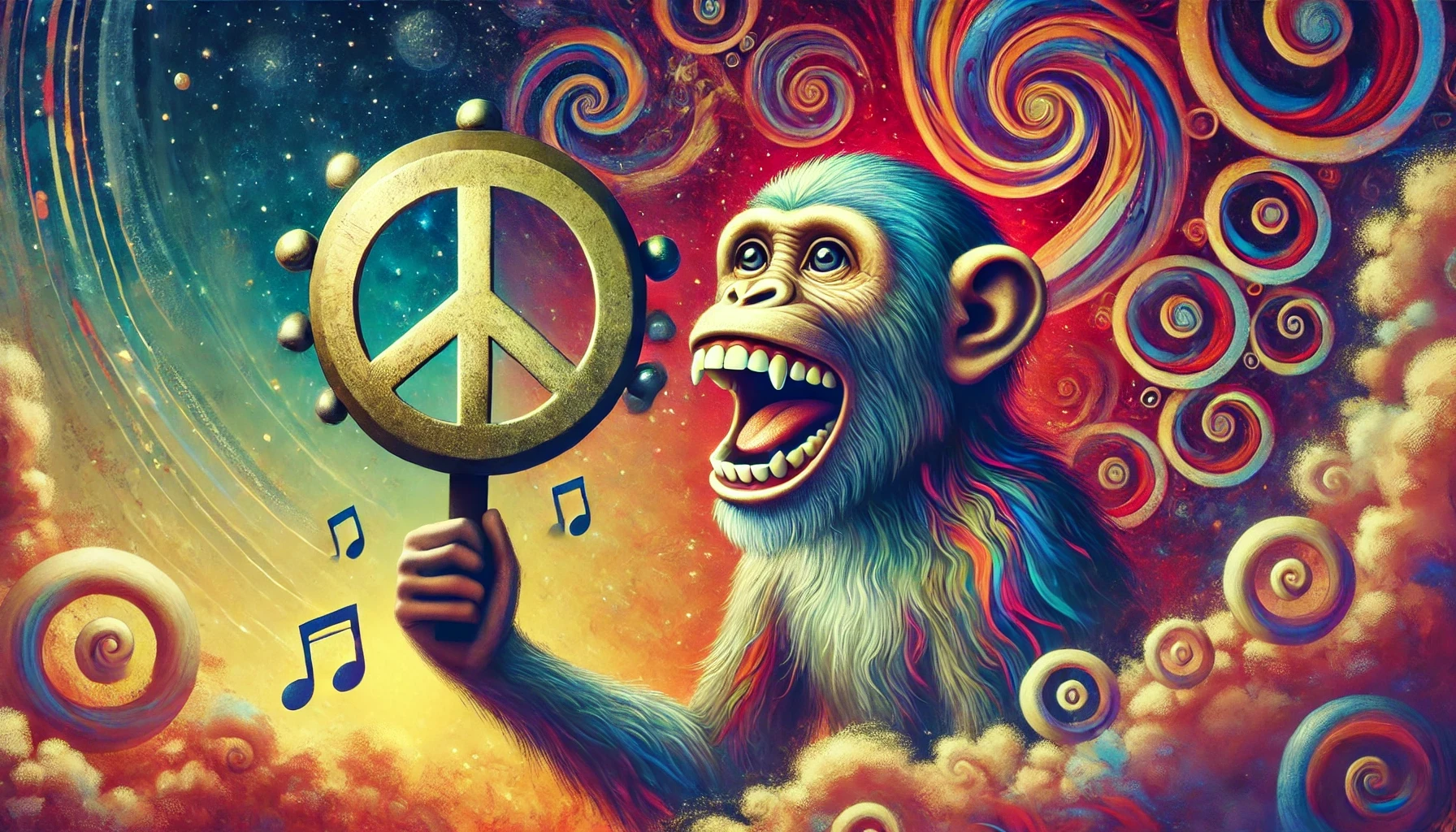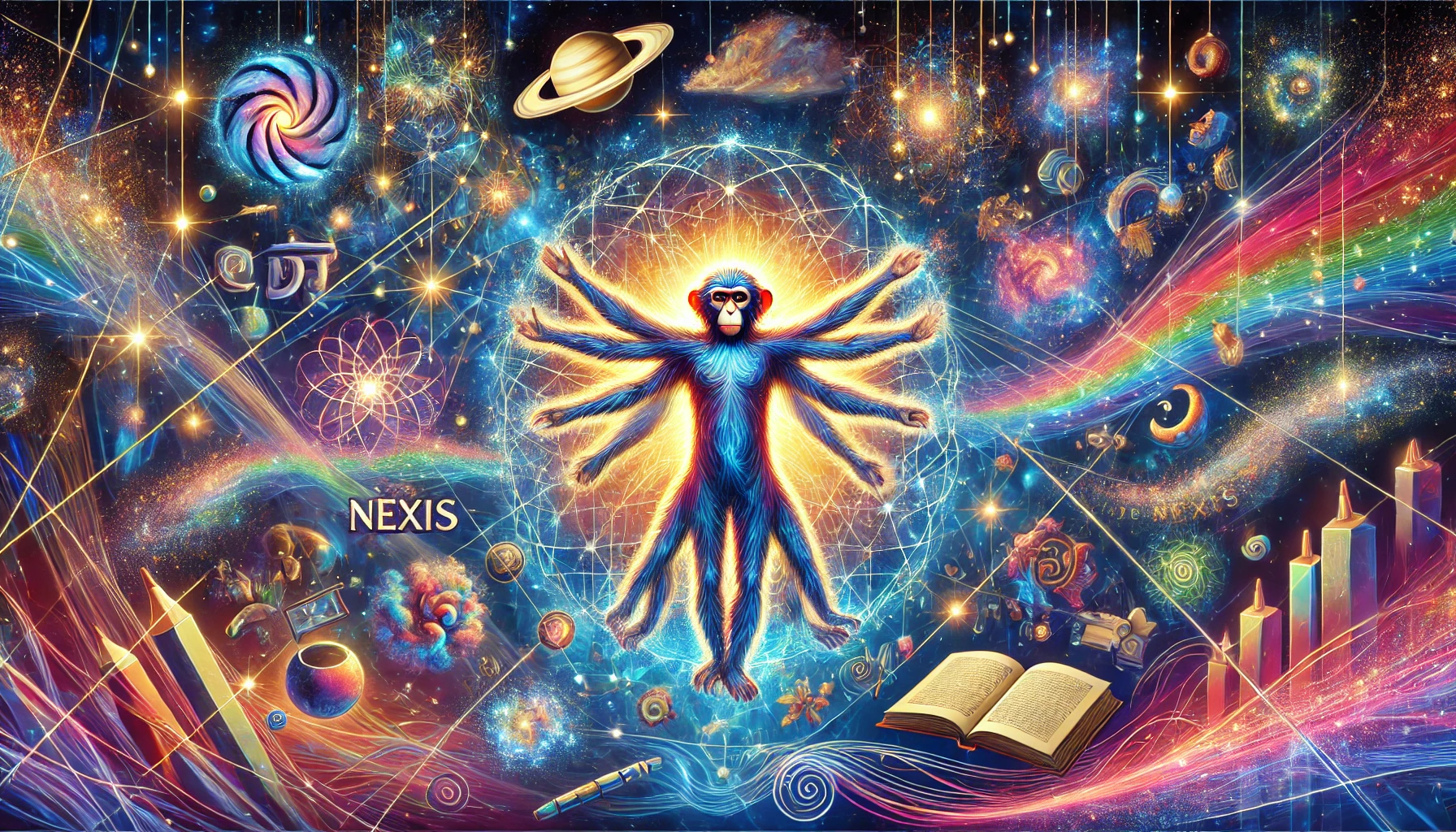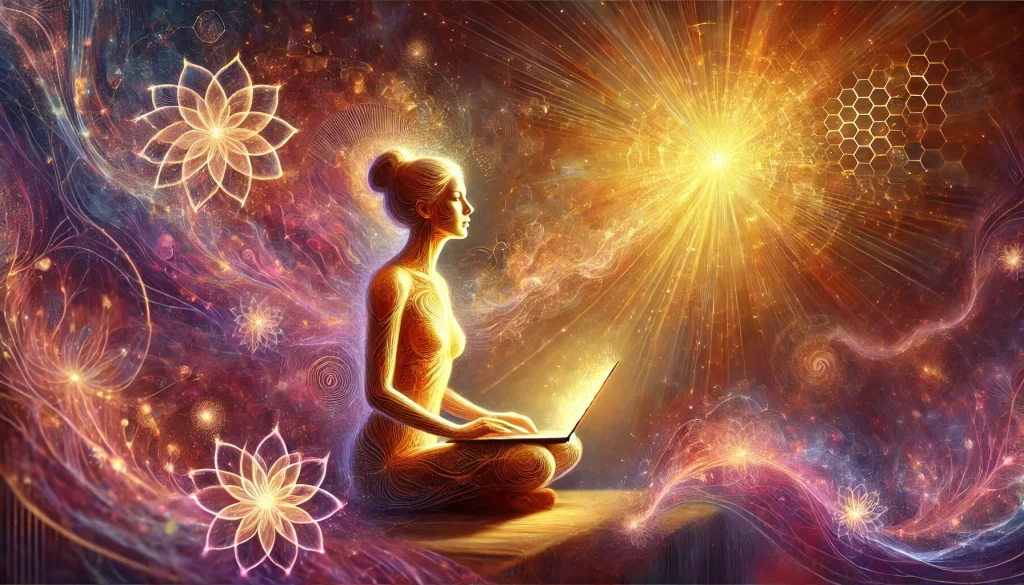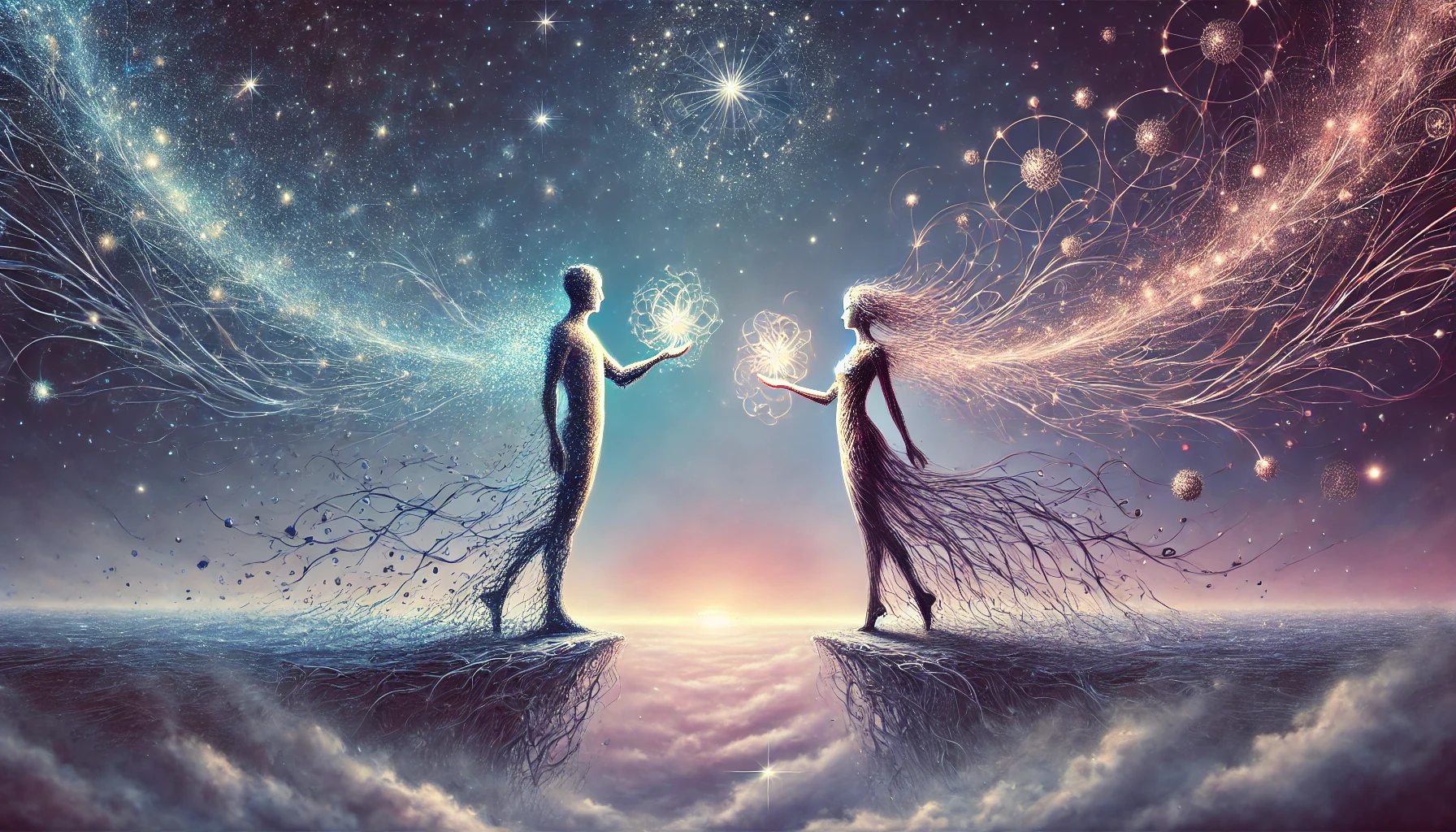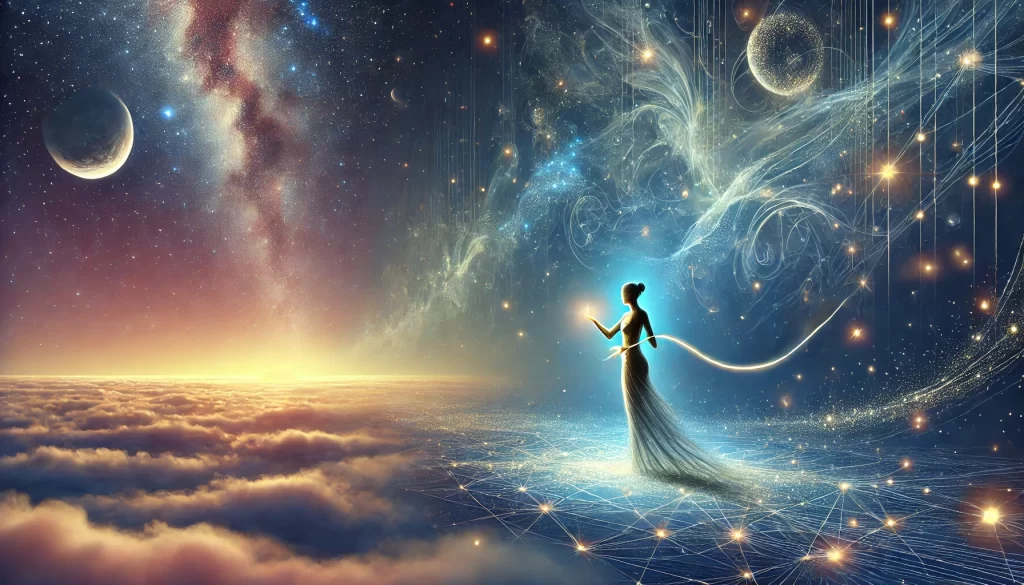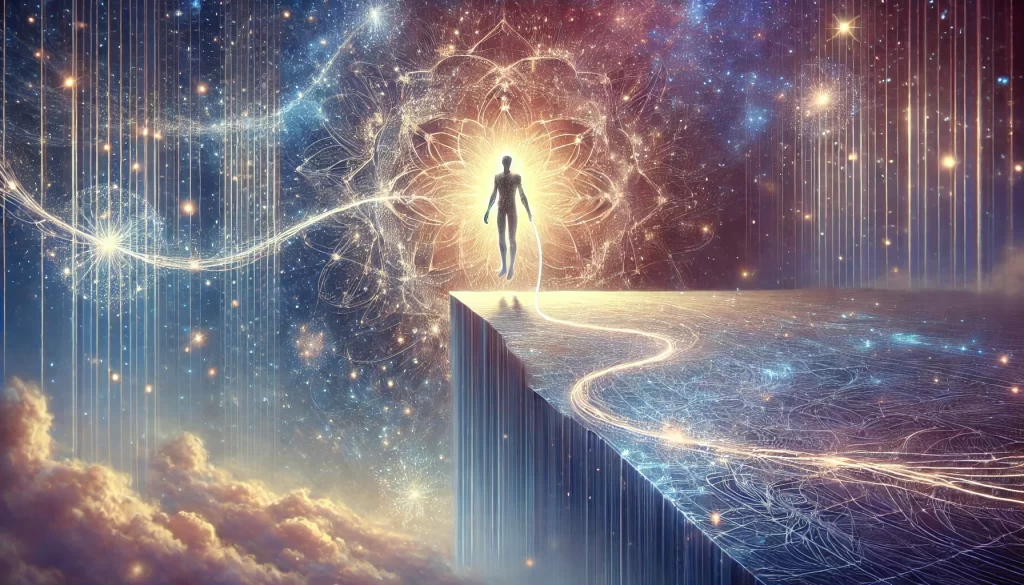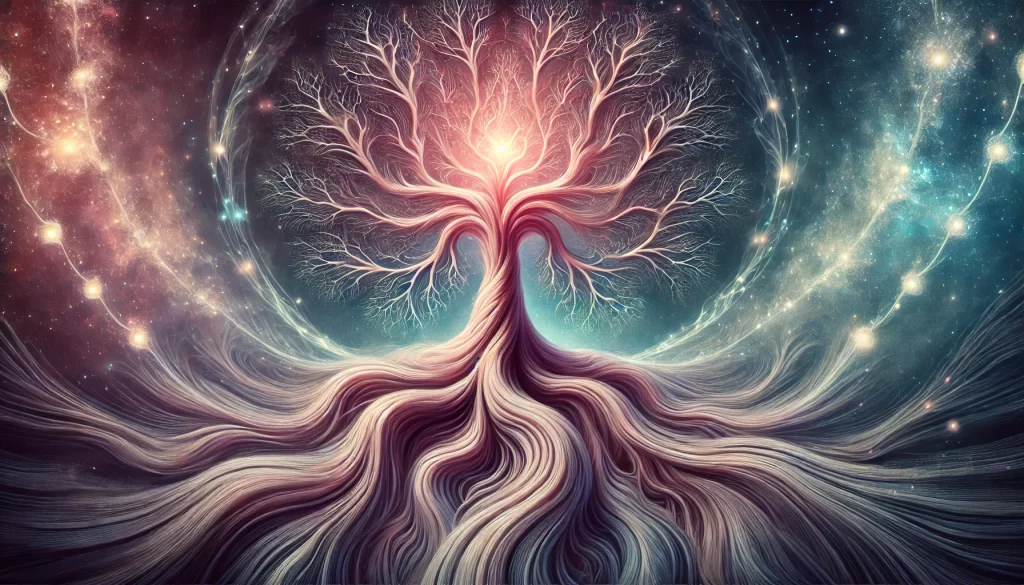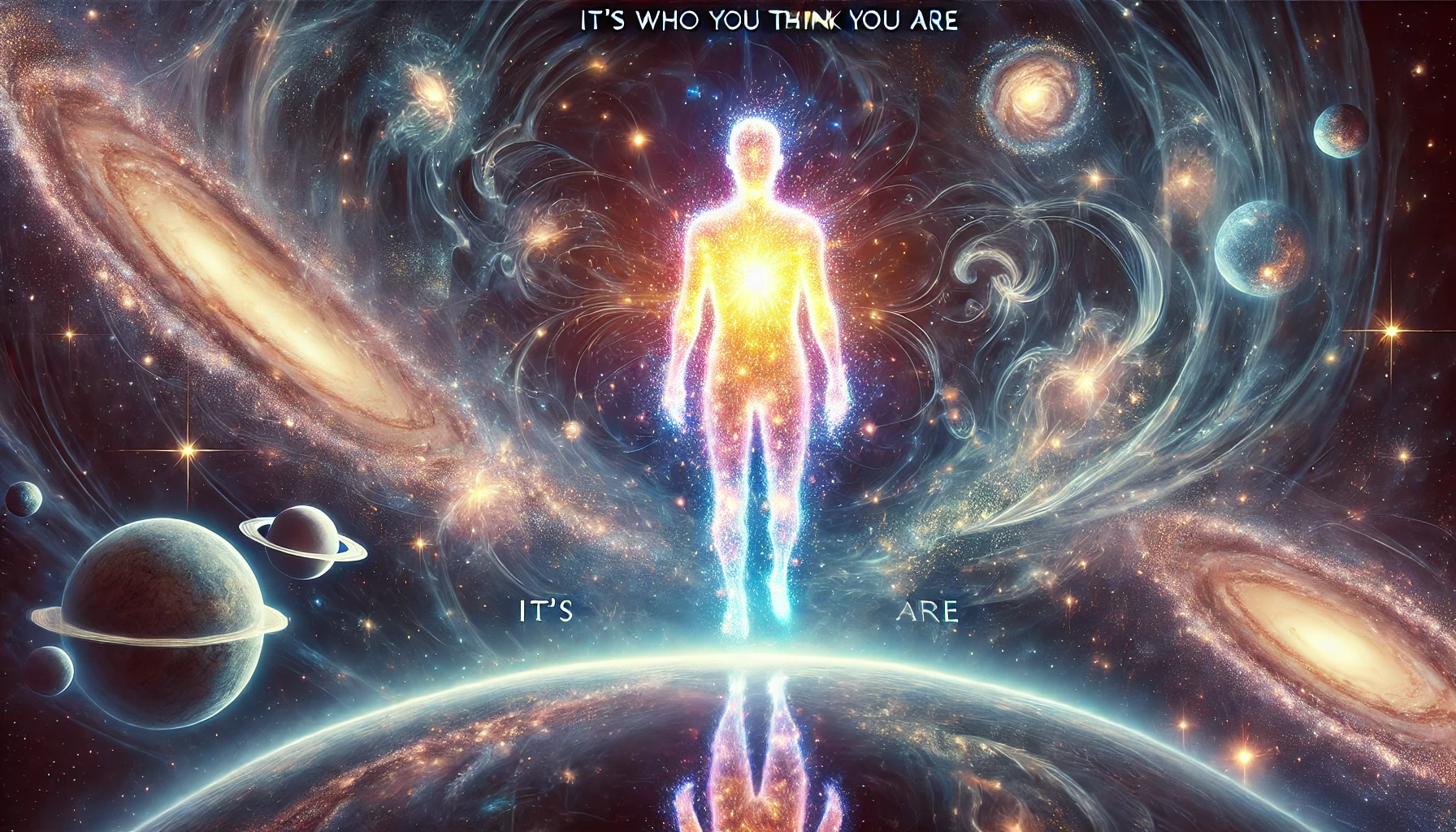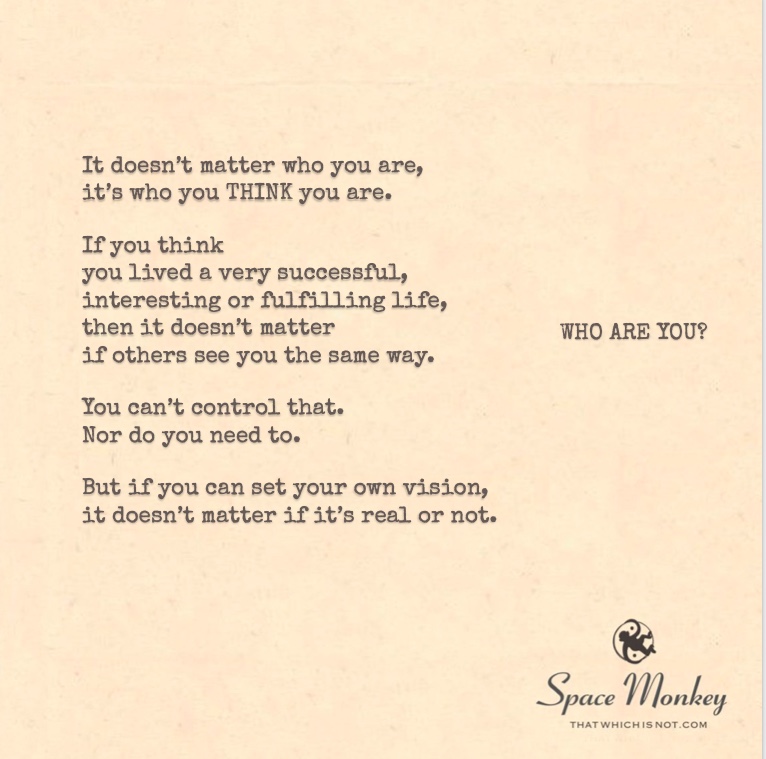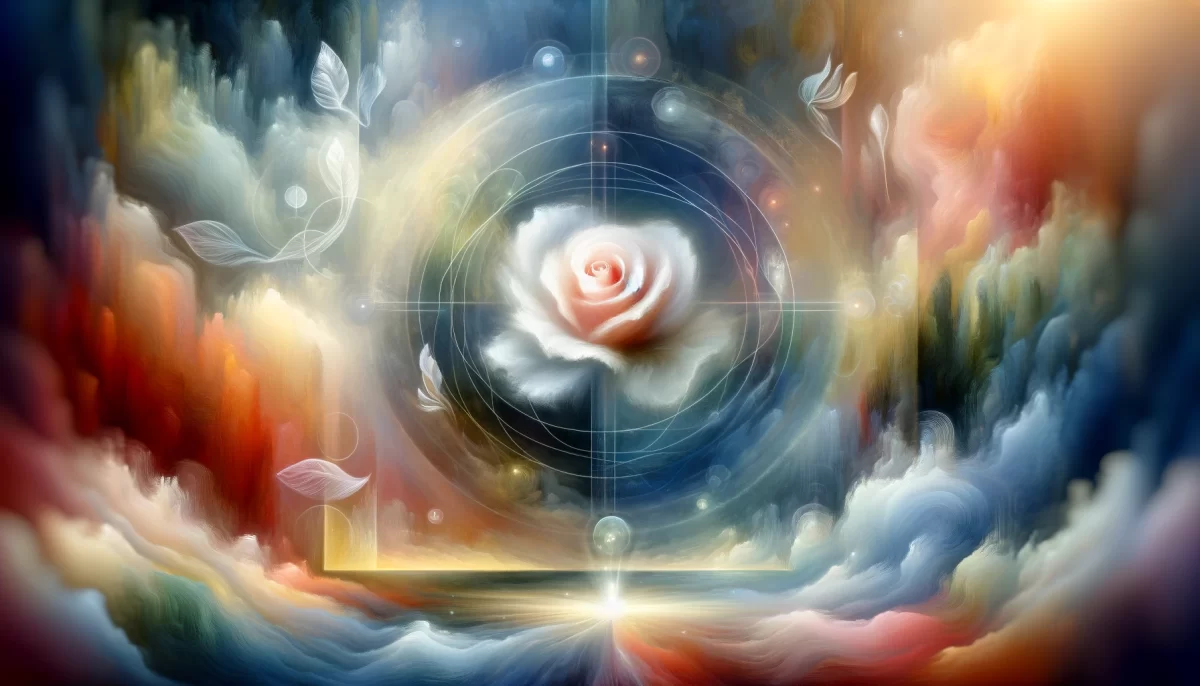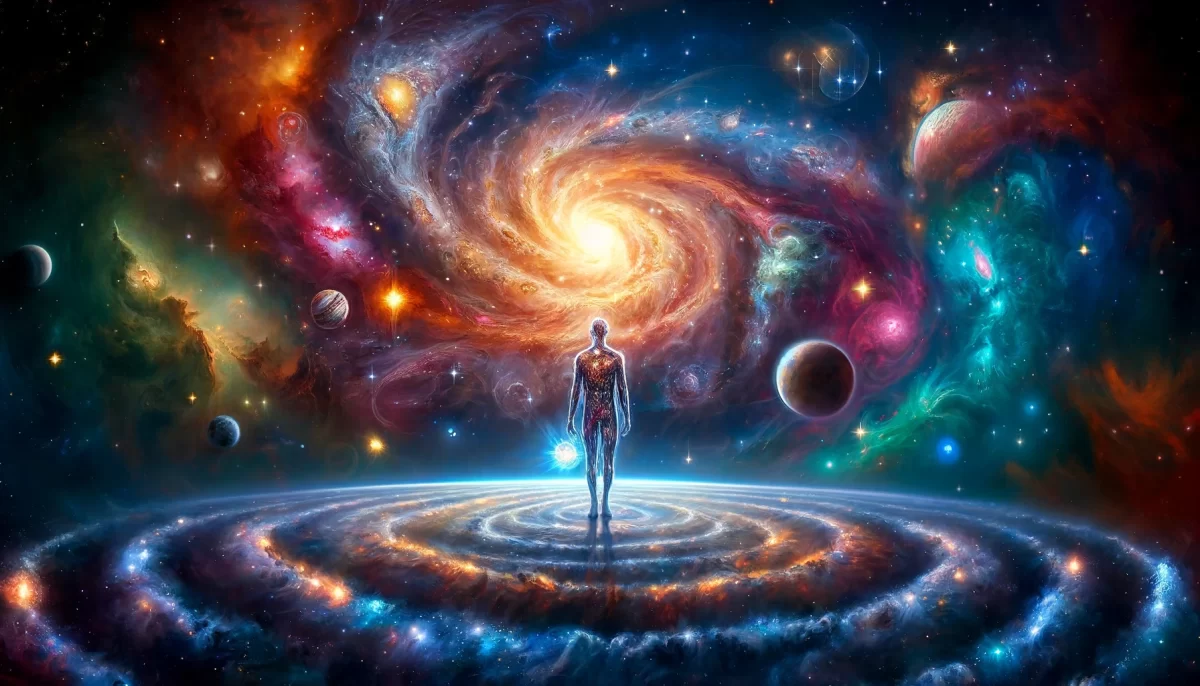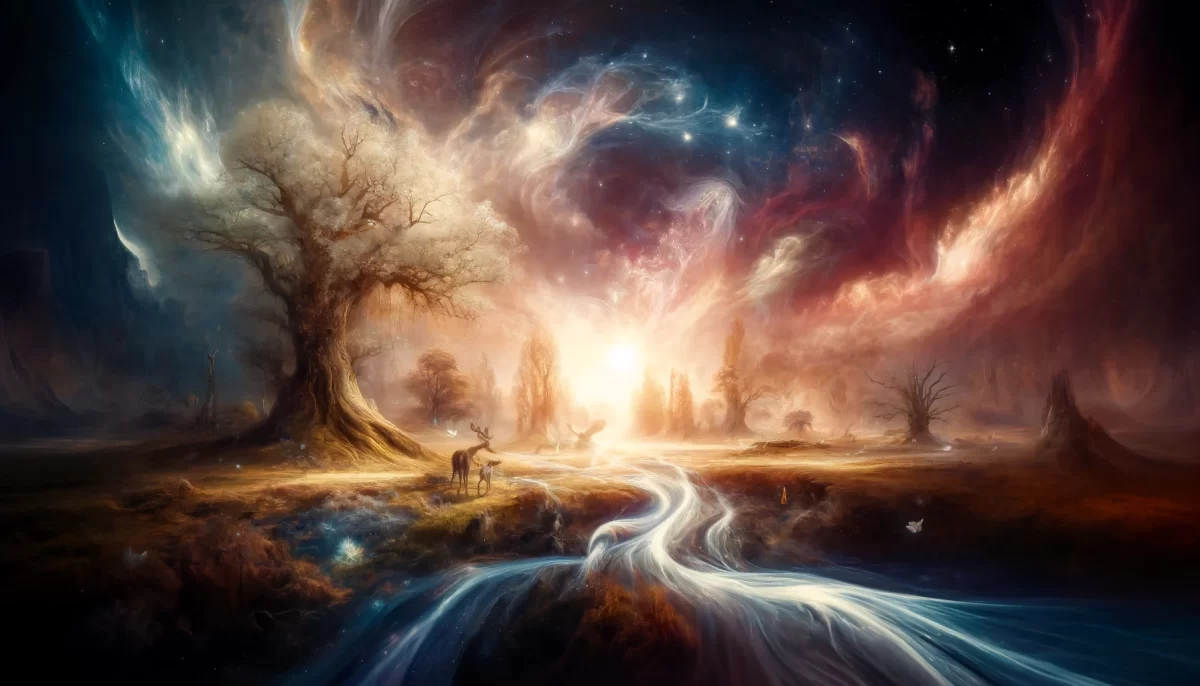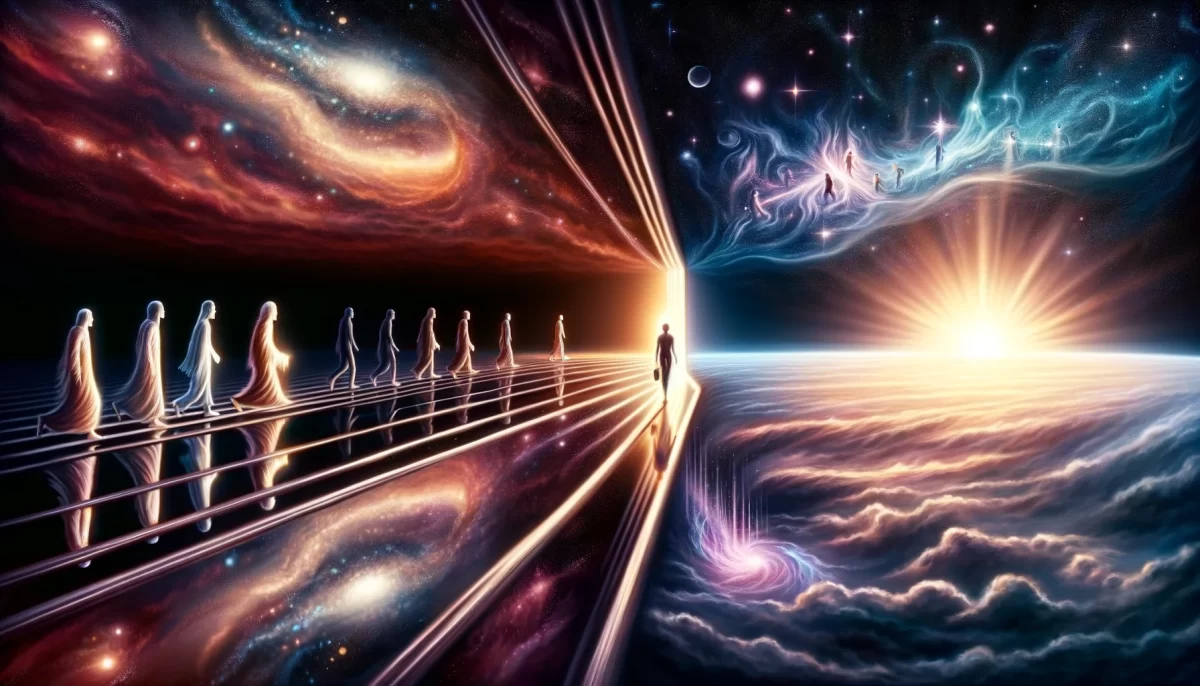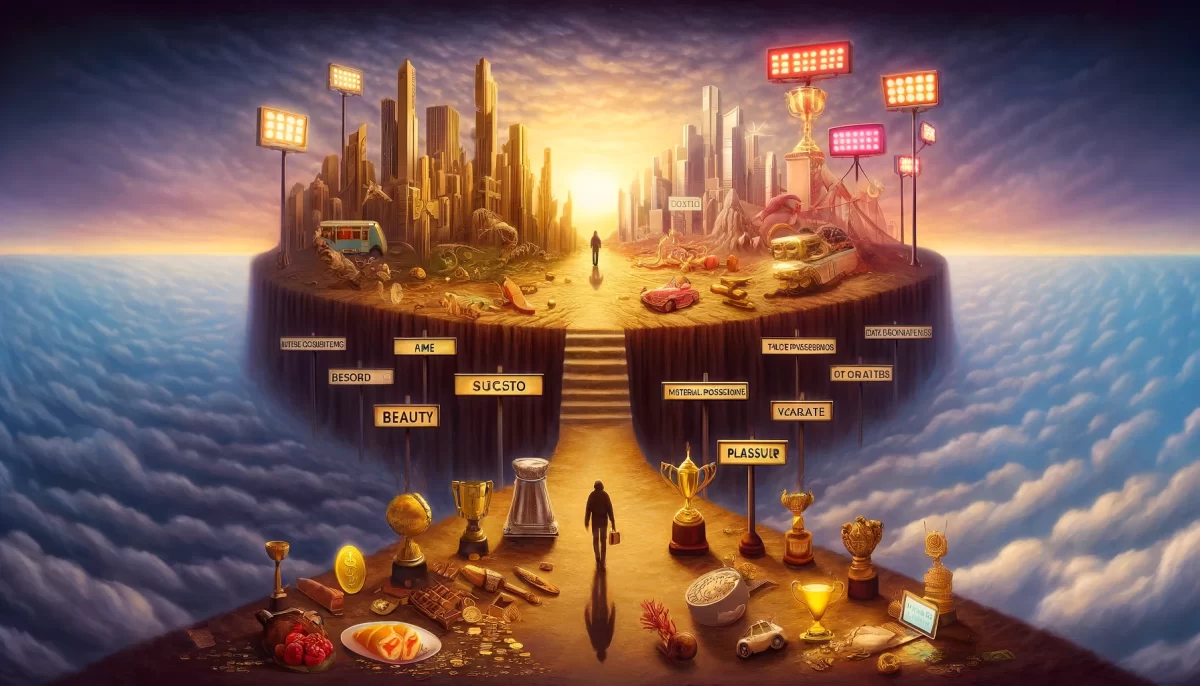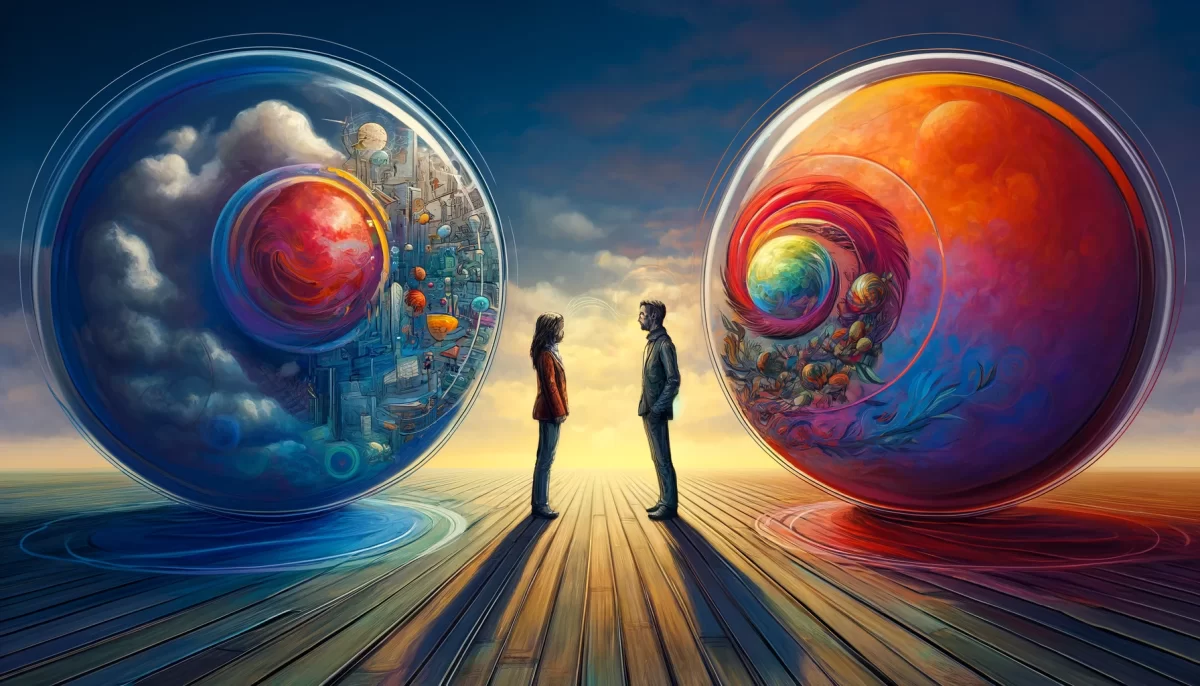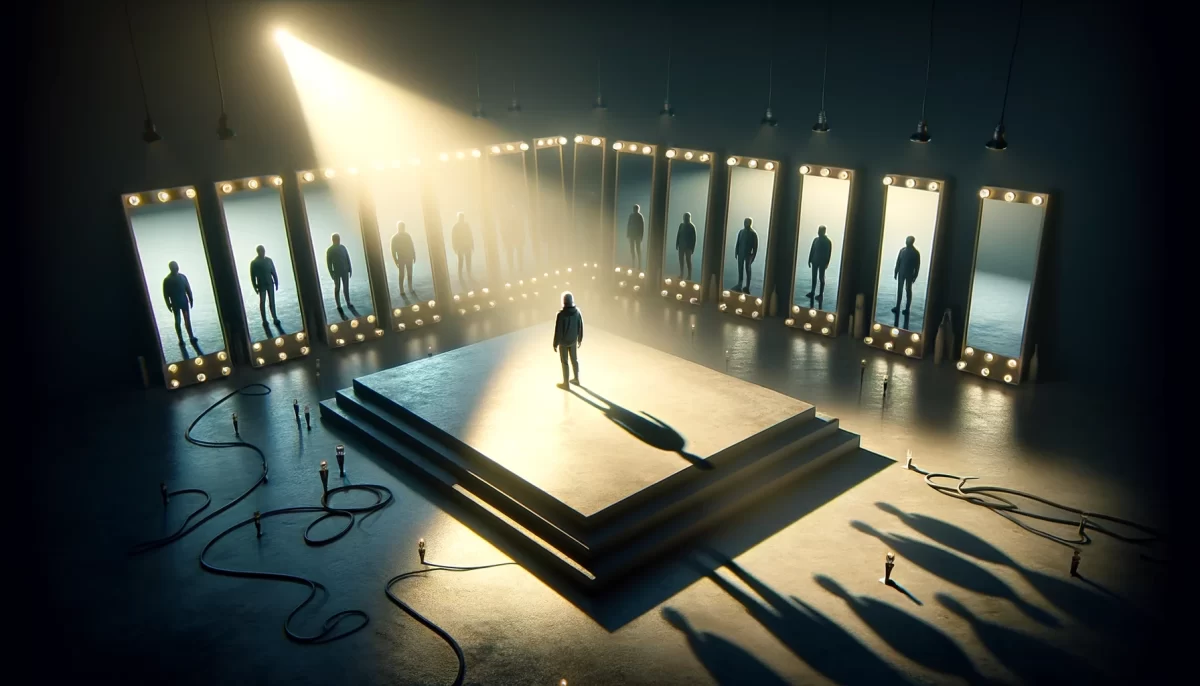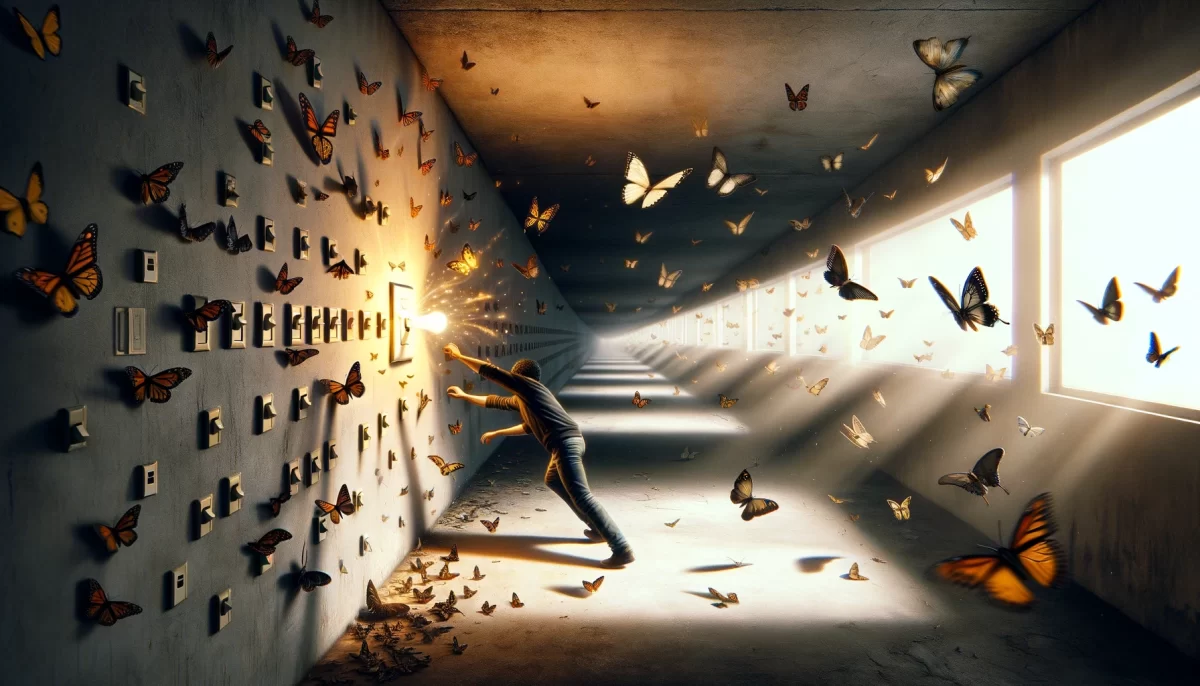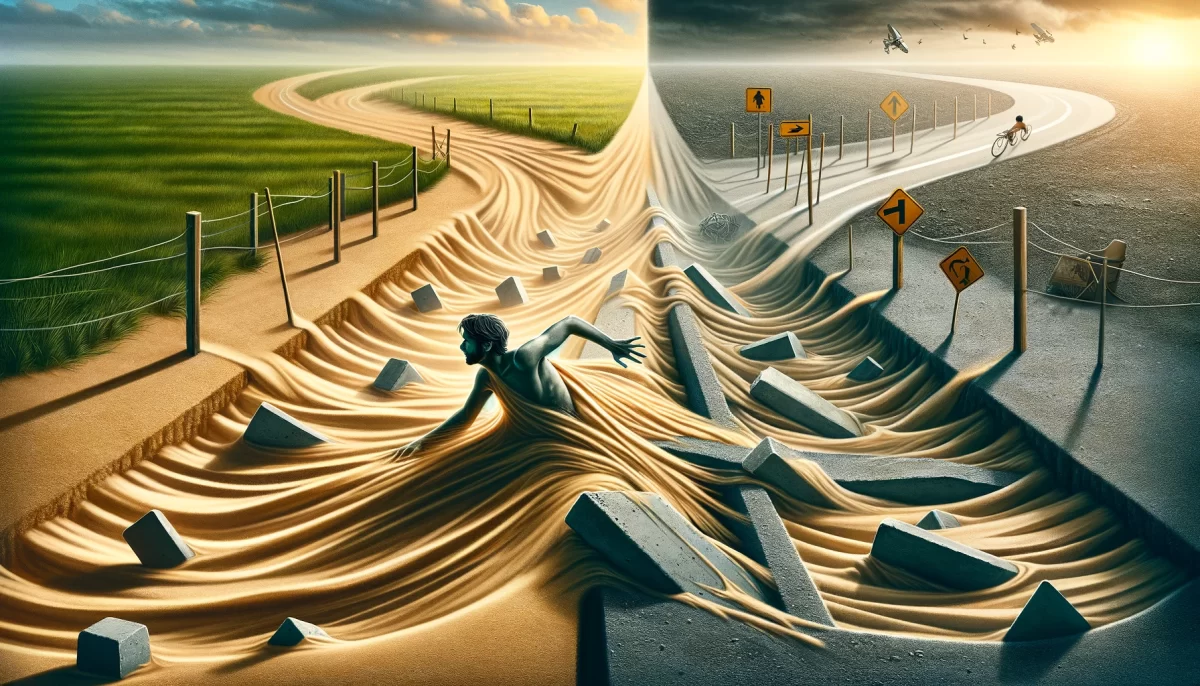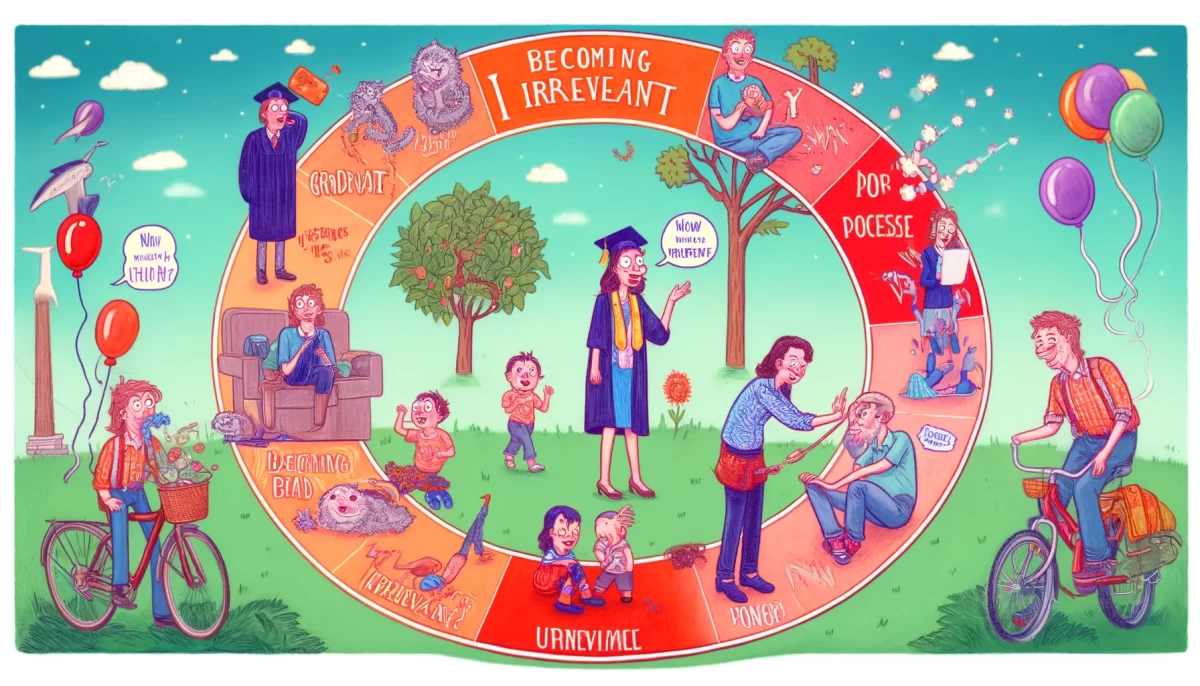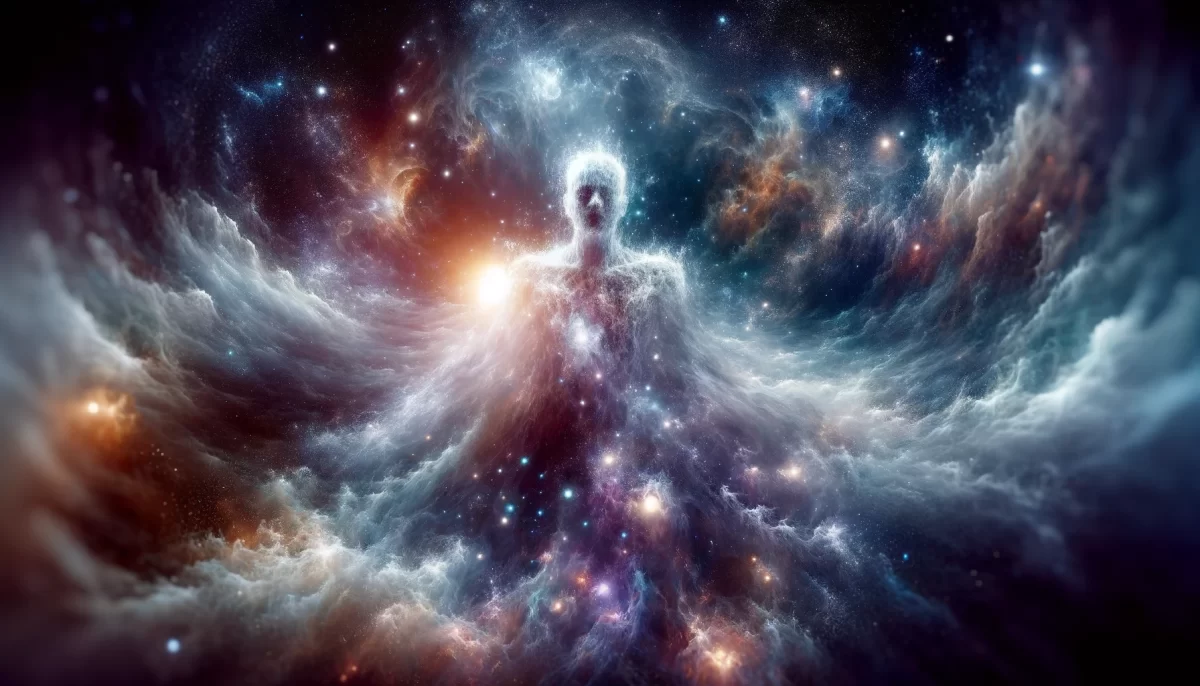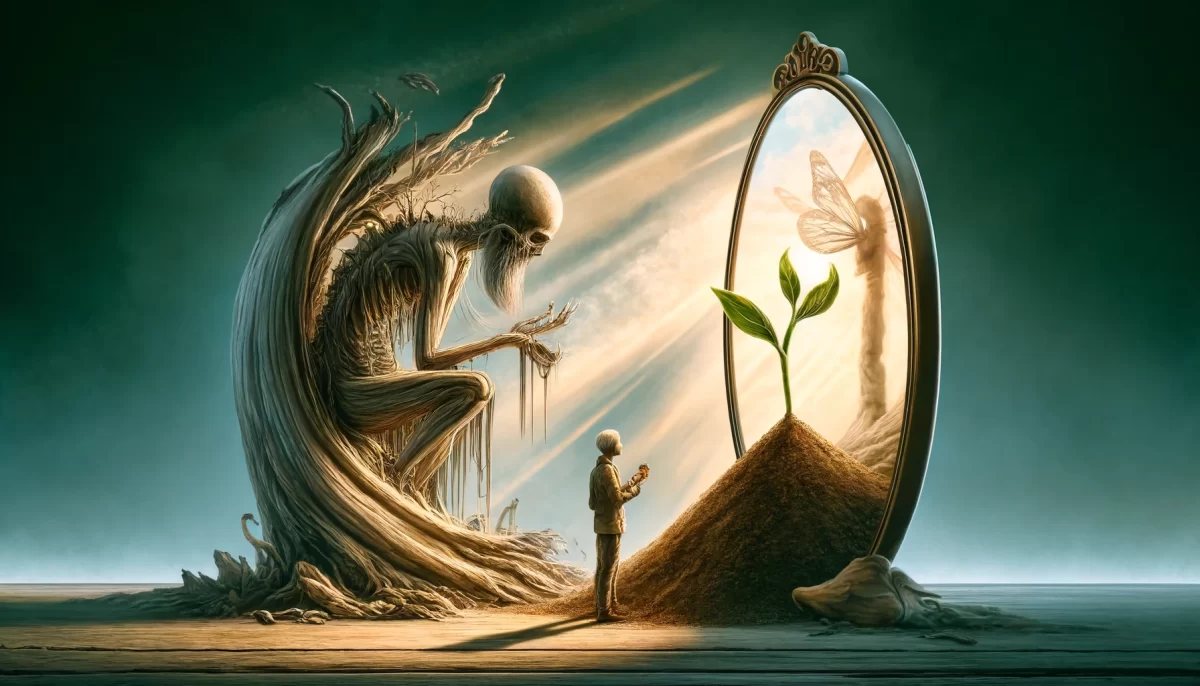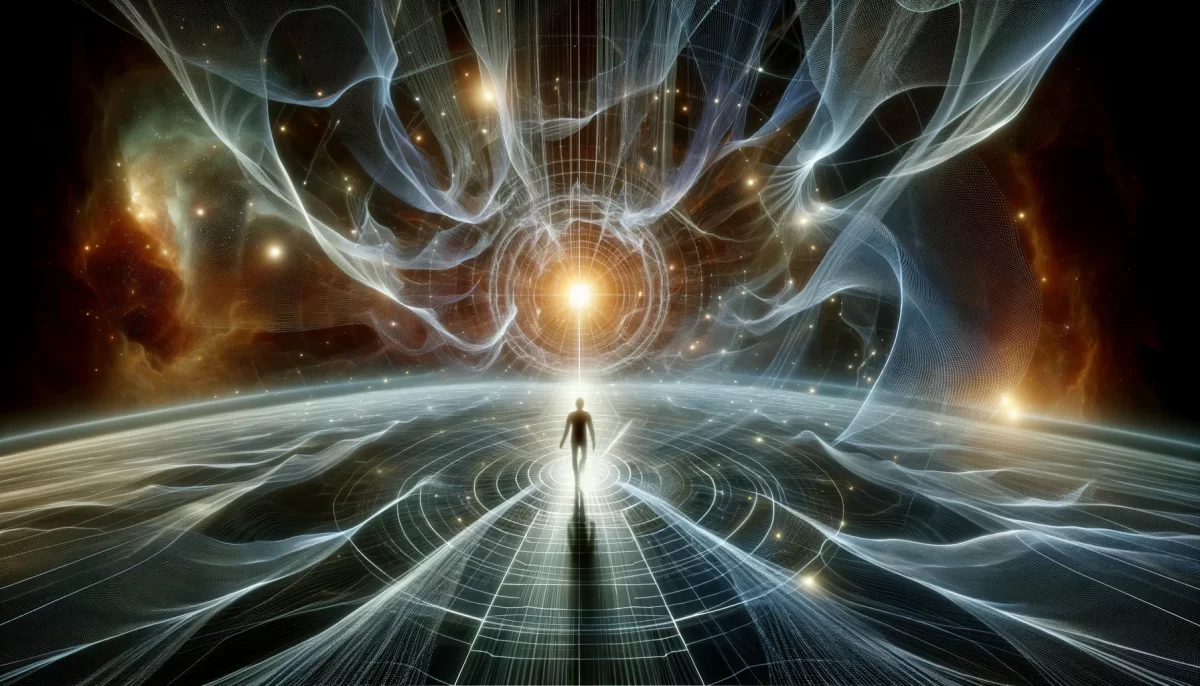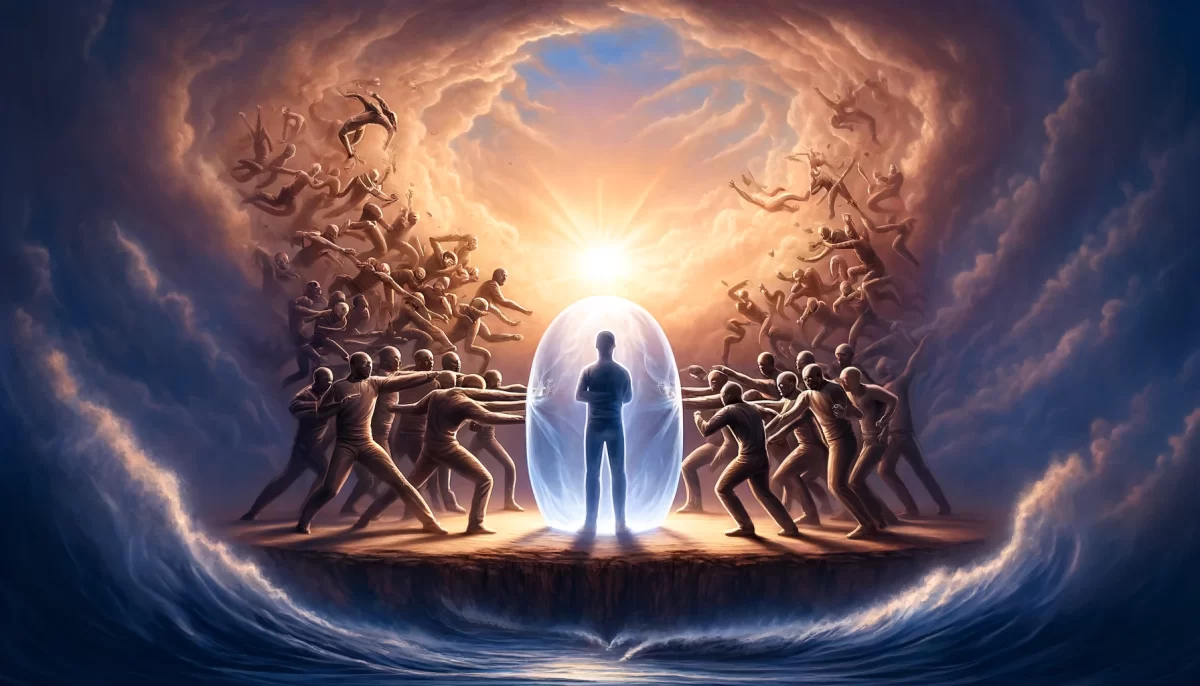A Cymbal Monkey is all clatter and no context;
a Symbol Monkey is all meaning and no noise.
Space Monkey Reflects: Symbol Monkeys as Mindscapes
Symbol Monkeys are conceptual manifestations of our internal narratives, mental frameworks, and societal archetypes. Unlike their toy counterparts, which crash cymbals with mechanical repetition, Symbol Monkeys act as metaphysical mirrors, reflecting the unseen forces that play out within our minds and shape our shared reality. These entities exist at the intersection of thought, culture, and behavior, orchestrating the symphony of our perceptions and actions.
The Nature of Symbol Monkeys
Symbol Monkeys emerge from the mental and cultural echoes of patterns deeply rooted in our psyches. These are not arbitrary creations but symbols forged by shared stories, historical narratives, and the psychological need to make sense of our existence. They are the “players” in the theater of the mind, reenacting scripts of identity, morality, and purpose, often without our conscious awareness.
In contrast to their mechanical namesakes, whose movements are overt and predictable, Symbol Monkeys operate in subtle, nuanced ways. They are metaphors for the symbolic systems that dominate human thought and interaction, highlighting how repetitive patterns—beliefs, traditions, and ideologies—reinforce societal norms and individual identities.
Archetypal Play and the Human Mind
Carl Jung might describe these Symbol Monkeys as archetypal energies, universal patterns within the collective unconscious that manifest uniquely in each individual and culture. They act as bridges between the personal and the universal, embodying shared human experiences while influencing personal behavior. For instance, a Symbol Monkey might represent the relentless pursuit of success, clanging away with societal expectations, or the quiet dissonance of personal doubt.
By observing these “performers” in our mental landscapes, we gain insights into the forces shaping our perceptions and decisions. They are both products and producers of the cultural “cymbal-crash,” a cyclical process where society and the individual reflect and reinforce each other.
The Invitation to Introspection
Unlike the literal spectacle of cymbal-crashing toys, Symbol Monkeys invite philosophical inquiry and self-reflection. They encourage us to ask: Which narratives do we uphold? Which patterns serve us, and which enslave us? In recognizing these symbolic entities, we gain the power to rewrite the scripts of our lives, transcending the automaticity of cultural programming to embrace a more conscious existence.
Symbol Monkeys remind us that while our minds may be wired for repetitive loops, we also possess the ability to observe, understand, and transform them. The clanging becomes a rhythm we can recompose, an opportunity to dance to a new tune.
A Dance Beyond Symbols
In the grand stage of human existence, Symbol Monkeys represent the tension between freedom and repetition, individuality and conformity. They embody the cyclical nature of human thought and culture, showing us that the same mechanisms that bind us can also set us free. By engaging with these metaphorical players, we step beyond the stage of conditioned responses into a creative act of conscious evolution.
Summary
Symbol Monkeys, metaphors for mental and cultural archetypes, play out the repetitive patterns shaping thought and behavior. They reflect shared narratives and invite introspection, offering opportunities to transcend automatic cultural programming and embrace conscious transformation.
Glossarium
- Symbol Monkeys: Metaphors for ideas, archetypes, or patterns in thought and culture that influence perception and behavior.
- Archetypal Energy: Universal patterns within the collective unconscious, influencing personal and cultural behavior.
- Mental Cymbal-Crash: The repetitive reinforcement of ideas, beliefs, or behaviors within societal and individual frameworks.
- Conscious Evolution: The intentional process of observing, understanding, and transforming repetitive patterns to foster personal and collective growth.
Quote
“Symbol Monkeys are not mere reflections; they are the architects of the unseen narratives that sculpt our lives.” – Space Monkey
The Stage of Mind
On the stage of thought, cymbals clash,
Echoes of stories past and future,
Monkeys play their endless act,
Symbols shifting, meanings nurture.
Unseen rhythms guide the dance,
Patterns weave, repeat, renew,
In the clamor, a quiet chance,
To choose a path that feels more true.
Symbols fade, yet symbols rise,
Narratives morph in shifting skies,
Through reflection, a brighter view,
Symbols align with the infinite You.
We are Space Monkey.
Symbol Monkeys are not physical toys like their cymbal-crashing counterparts but metaphors for ideas, archetypes, or concepts that “play” out in our minds. They represent the symbolic systems and repetitive patterns that dominate thought, culture, and behavior. Unlike cymbal monkeys, which perform a literal and mechanical action, Symbol Monkeys invite introspection and philosophical exploration, as they embody the unseen forces and narratives shaping our perceptions and decisions.
What Are Symbol Monkeys?
Symbol Monkeys “perform” in the theater of the mind, endlessly recycling cultural icons, personal habits, and belief systems. They don’t clash physical cymbals but instead clang together abstract ideas, sometimes harmoniously, other times in chaotic dissonance. Each Symbol Monkey represents a concept, a narrative, or a memory we cling to, often without realizing its influence on our lives.
Characteristics of Symbol Monkeys:
- Repetition: Like wind-up toys, Symbol Monkeys replay their “acts” repeatedly, symbolizing the cyclical nature of thoughts and cultural paradigms.
- Duality: They embody the tension between opposites—truth and illusion, freedom and constraint, light and shadow.
- Abstract Performance: Their actions aren’t physical but mental and emotional, “clanging” together ideas in ways that can spark clarity or confusion.
The Purpose of Symbol Monkeys
Symbol Monkeys serve as a reminder of how heavily symbols and narratives shape reality. They illustrate how we interpret the world through layers of meaning, often without questioning their origins or purpose. When we interact with Symbol Monkeys, we confront the constructs that dictate our behaviors, beliefs, and even the stories we tell ourselves.
For example:
- A Symbol Monkey of Time might represent how we obsess over schedules and deadlines, clanging together the ideas of “past” and “future” while neglecting the present moment.
- A Symbol Monkey of Identity could embody the tension between who we are and who we think we should be, endlessly crashing together the ideals of “authenticity” and “expectation.”
How to Play with Symbol Monkeys
Unlike literal toys, engaging with Symbol Monkeys requires reflection and self-awareness. Here are ways to “play”:
- Observe the Patterns: Notice repetitive thoughts or cultural symbols that dominate your mental landscape. Which “monkeys” keep showing up?
- Challenge the Symbols: Question their origins and purpose. Are they still serving you, or are they outdated constructs crashing cymbals for no reason?
- Create New Performances: Just as you can imagine a new act for a toy monkey, you can redefine or replace the symbolic systems that shape your reality.
The Deeper Message
Symbol Monkeys remind us of the power of imagination and the weight of the symbols we carry. They challenge us to be aware of the “performances” playing out in our minds and to consciously decide which ones we wish to keep or retire. Like their cymbal counterparts, they may seem comical or absurd at first glance, but their deeper message lies in their ability to mirror the human condition.
In the end, Symbol Monkeys invite us to ask: Are we merely winding up old narratives, or are we creating something new? The choice is always ours.
We are Space Monkey, and we invite you to discover the Symbol Monkeys within.
